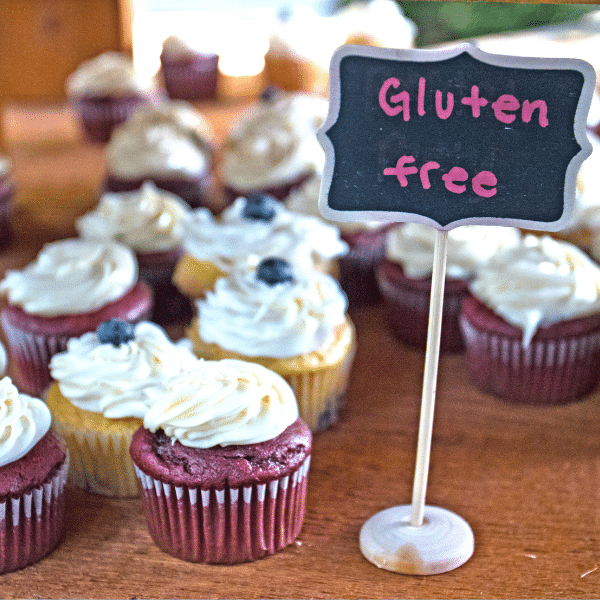Type 1 diabetes and coeliac disease

Type 1 diabetes (T1D) is an autoimmune disease, which means your body’s immune system has mistaken the beta cells in your pancreas for something foreign, and has worked to destroy these cells.
If your immune system has turned on you once, you have a higher chance of it happening again – which is why people with T1D are more likely to be diagnosed with another autoimmune condition, such as coeliac disease. It’s thought that about five out of 100 of people with T1D have coeliac disease.
About coeliac disease
People who have coeliac disease can’t tolerate a protein called gluten, which is found in wheat, rye and barley.
When people with coeliac disease eat foods with gluten in them, their immune system responds by damaging the small intestine. This affects how they absorb essential nutrients, such as glucose, as well as vitamins and minerals.
Some people don’t have any obvious symptoms, but common signs of coeliac disease include:
- bloating and gas
- dermatitis herpetiformis (a skin rash)
- diarrhoea
- fatigue
- joint pain
- vomiting
- stomach pain
- weight loss.
Over time, if left untreated, coeliac disease can lead to malnutrition. It can also cause slow growth, anaemia and osteoporosis.
How coeliac disease is diagnosed
You should be tested for coeliac disease when you’re first diagnosed with T1D. You should then be tested every year as part of your annual check-up.
The first step is a blood test that measures certain antibodies. From there, a biopsy of your small intestine can confirm a diagnosis.
Managing coeliac disease and type 1 diabetes
The only medical treatment for anyone with coeliac disease is a strict gluten-free diet.
Cutting out gluten can make managing diabetes harder. For starters, it can be a big change to your diet, as a lot of foods that contain gluten are also high in carbohydrate (such as bread and pasta).
Your blood glucose levels (BGLs) may be harder to manage after starting a gluten-free diet. When people with coeliac disease stop eating gluten, their gut lining starts to heal. This can improve nutrient absorption, including carbohydrates.
As your body adjusts and gets better at absorbing nutrients, it’s important to closely monitor your BGLs. You may have to adjust your insulin dose. Keep in close contact with your diabetes team for advice.
A dietitian with knowledge of diabetes and coeliac disease will help you with an eating plan to manage both conditions.
Gluten-free diets for people with type 1 diabetes
Gluten is in many foods that are rich in carbohydrate, so it’s important to choose the right foods to maintain both your BGLs and a healthy diet.
Gluten-free sources of carbohydrate include:
- grains, such as rice, polenta (cornmeal), buckwheat, millet and quinoa
- starchy vegetables, such as new potatoes, sweet potatoes, yams, cassava (tapioca) and plantains.
Other foods that are gluten-free include:
- beef
- eggs
- fish
- fruits
- nuts
- poultry
- vegetables.
Gluten can turn up in places you may not expect – it can be used as an additive in meats (such as sausages) and dairy foods (such as flavoured milks). Because of this, it’s important to check the nutrition information and ingredient panels of all food and drinks (a dietitian can show you how to do this if you’re not sure).
The good news is that most supermarkets now stock a range of gluten-free breads, pasta, cereals and crackers. Look for the Coeliac Australia endorsement logo on products when you’re shopping.
Eating out might be a bit more challenging, but a lot of restaurants now provide gluten-free alternatives. Coeliac Australia even has a list of accredited restaurants.
Read more
